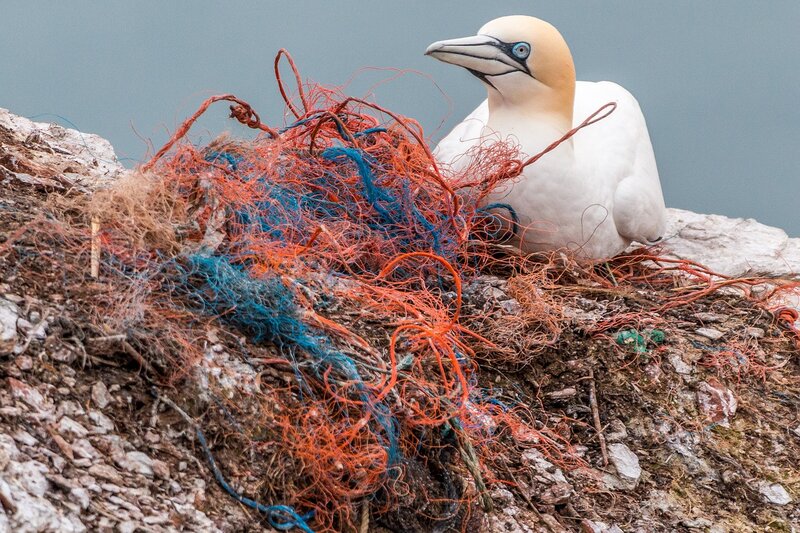A research team at the US Department of Energy’s Lawrence Berkeley National Laboratory (Berkeley Lab) and the University of California (UC), Berkeley has developed a biodegradable plastic that actually disappears, and that can be composted at home.
—
What is Happening?
- While biodegradable plastics have been touted as a solution to plastic pollution, in practice, they don’t work as advertised because biodegradability doesn’t equal compostability.
- By studying nature, the team has developed a process that actually breaks down biodegradable plastics with just heat and water in a period of weeks. The research team published their findings in Nature and it could be a game changer for the plastic pollution crisis plaguing the planet. Humans have tossed 6.3 billion metric tons of plastic since the 1950s and only recycled 600 million metric tons, leaving 4.9 billion metric tons sitting in landfills or otherwise polluting the environment, according to BBC Future.
- Plastic does not disintegrate, but breaks apart into smaller pieces called microplastics, which have made its way into every crevice of the planet, from the Mariana Trench to Mount Everest, and even our bodies.
- Biodegradable plastics were touted as the solution to this, but according to the research team, there are three main limitations: they get missorted and contaminate recyclable plastics, they end up in landfills, where the conditions are not suitable for plastic breakdown, so they last as long as forever plastics and when they are composted, they don’t entirely degrade and still leave microplastics in the soil.
You might also like: Preventing Biodiversity Loss: Radical Solutions and New Targets
The Solution
- To create truly biodegradable plastics, Ting Xu, study coauthor and UC Berkeley polymer scientist, and her team studied nature. Xu says, “In the wild, enzymes are what nature uses to break things down- and even when we die, enzymes cause our bodies to decompose naturally. So for this study, we asked ourselves, ‘How can enzymes biodegrade plastic so it’s part of nature?”
- The researchers focused on a polyester called polylactic acid, or PLA, which is used for most compostable plastics. Here how the process works: “The new process involves embedding polyester-eating enzymes in the plastic as it’s made. These enzymes are protected by a simple polymer wrapping that prevents the enzyme from untangling and becoming useless. When exposed to heat and water, the enzyme shrugs off its polymer shroud and starts chomping the plastic polymer into its building blocks- in the case of PLA, reducing it to lactic acid, which can feed the soil microbes in compost. The polymer wrapping also degrades.”
- The researchers found that as much as 98% of their modified plastics converted into small molecules, leaving no microplastics behind. At room temperature, the plastics degraded by 80% after about a week. In the high heat of industrial composting conditions, plastics degraded even faster. They also disappeared after a few days in warm tap water.
- To take this process further, Aaron Hall, another study coauthor and a former UC Berkeley doctoral student, has founded a company to commercially develop these plastics.
- The team believes that the process could apply to different types of polyester plastic and various recycling problems.

















